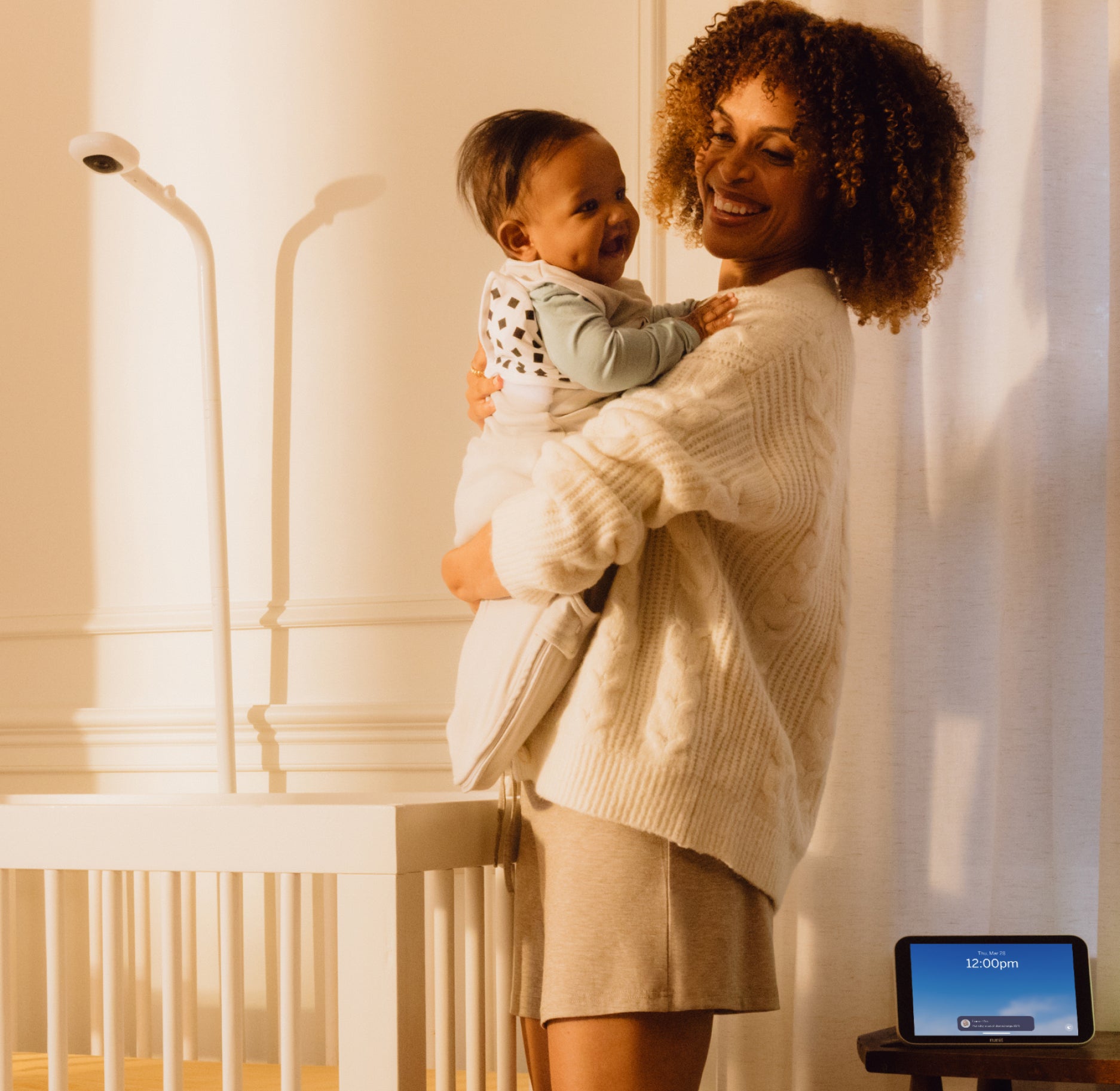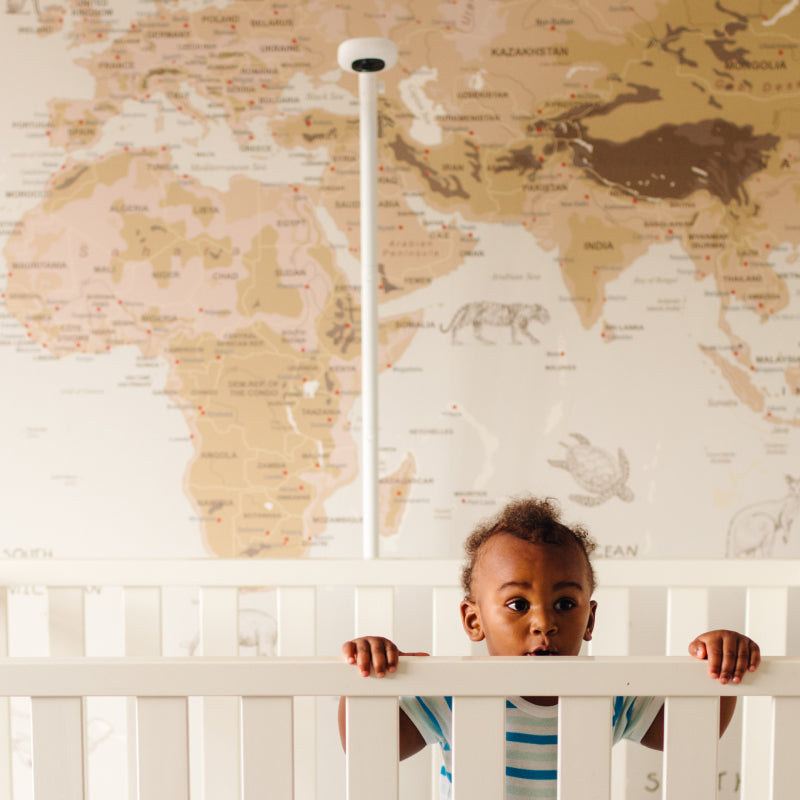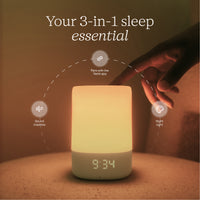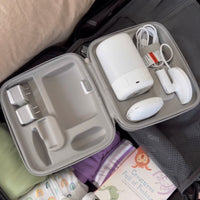As a parent, you quickly learn to rely on your child’s naps as times to: a) get stuff done b) take a break c) soak in the quiet, or d) all of the above! So when your little one starts to show signs of giving up one or all of their naps, it’s rough going even for the most resilient mom or dad. What’s a frazzled parent to do?
First, know you’re not alone. Any parent who’s gone through the experience will 100 percent relate to your frustration and the challenge of suddenly having less (or zero!) downtime. It can help to connect with others in similar situations to vent, at the very least, but also to share ideas and strategies. And along with friends/your partner/family, the Nanit Community is always there as a valuable part of your village.
Second, it helps to have some pro advice on how to make it through the (looong) day ahead.
How Do I Know When It’s Time to Drop a Nap?
Children generally transition from three naps to two around 6 to 7 months, from two naps to one sometime between 12 to 19 months, and children tend to drop a nap altogether between the ages of 2 and 5.
“You’ll know your child may be ready to cut out a nap,” says Larissa O’Loughlin (RN and IBCLC with the Mama Coach), “when you notice the following signs:
- Your child regularly puts up a big fuss when it’s naptime and/or is awake for a lot of the nap, singing or talking to themselves and just generally not doing a ton of sleeping
- Naps are getting shorter
- Because it takes your child longer to fall asleep for naps, it’s either harder to fit in a second nap far enough away from bedtime or the wake window between the end of your child’s nap and bedtime is getting too short
- Your child is waking up extra early in the morning”
How to Survive the Nap Transition
“Children typically fight naps when they’re not tired enough to fall asleep,” says Dr. Natalie Barnett, Nanit’s Vice President of Clinical Research. So to help your child drop a nap or transition to no naps, increase their wake windows between naps and/or bedtime. Dr. Natalie recommends aiming for five to six hours of awake time between the last nap and bedtime.
To increase that wake window, you can try shortening naps. “Or you may want to drop a nap altogether,” suggests Dr. Natalie. “Though in that case, you’ll need to shift your child’s bedtime earlier for a while, potentially as early as 6 or 6:30 p.m., as your child adjusts to the new sleep schedule.”
How to Fill the Day Until the Next Nap (or Bedtime)
During the transition time, if you notice your child getting sleepy before their next nap or new bedtime, O'Loughlin offers these survival tips to help them stay awake—and help you stay sane:
- Try a new activity or play a new game.
- Change up the setting. Go for a walk, play in the yard, or even just go into a different room.
- Have a snack if your child is eating solid foods.
- Play with water. Maybe a long bubble bath is in order or fill up a bin with water and head outside to your porch.
Get Some of Your Own Time Back Again
Even after your child has given up their nap completely, you can still give everyone in the household a reliable break by instituting an afternoon “quiet time,” suggests Dr. Natalie. Set your little one up to do something mellow on their own like looking at books, playing quietly, or whatever works best for your family. Plus, you may find that you get a little of your own time back at the end of the day, instead of in the middle, with your child’s new, earlier bedtime.














































